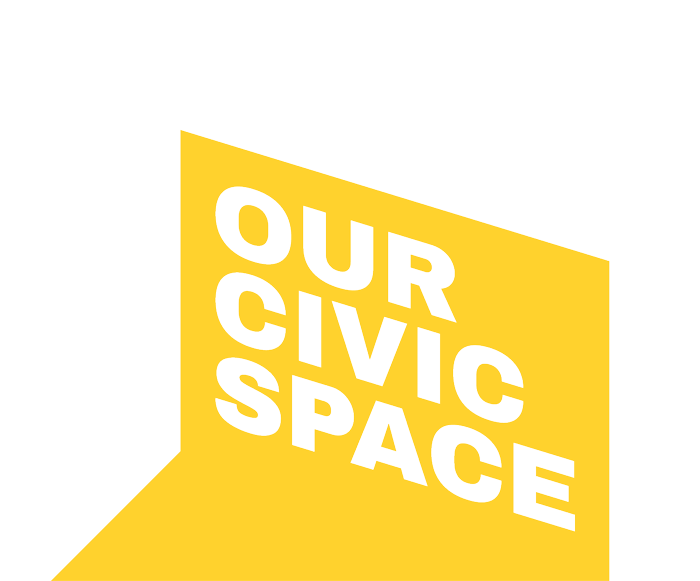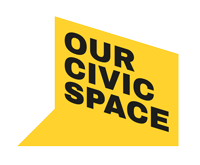The reason we started this partnership was because we could see that on so many levels civic spaces for young people were being challenged or claimed by others. This was the case in politics, but also in education, public spaces, etc. Therefore, for the partnership it was important to find out exactly to what extent the situation was pressing for the organisations in question and their partners, as well as for the youth and youth workers. In order to gather this insight and create the report, a three-tiered process was followed.
- First, background research had to be done on the information available on the theme in existing literature, based on which ICDI provided an extensive analysis.
- This literature research was then followed by the partners through gathering national insights to create a baseline of the context of Hungary, Romania, Czech Republic and the Netherlands – as well as some information from Mali and Kenya. Also, each partner provided a case study in which they described a best practice from the field, on how civic spaces were created or maintained within their organisation.
- The final step was for the partners to have conversations with youth and youth workers about their view on the (lack of) civic spaces around them. By doing this, we ensured their involvement in the process and managed to get their thoughts on how to improve the civic spaces, to learn from them and to think about solutions – together. The aim was to learn from them and use this knowledge for the fulfillment of the report.
By gathering all this information, ICDI was able to produce an extensive report on the context of youth-led civic spaces, and came up with several recommendations on how to tackle this problem yourself – whether you are a youth, a youth worker, or just want to make a difference (for the youth) in your community. Want to know more about the report, read the recommendations or the ideas that we gathered from the youth and youth workers? You can read the report here.
Want to join the dialogue on civic spaces and how to make them (more) youth-led? Go to our chat and share your thoughts!
Written by ISA

